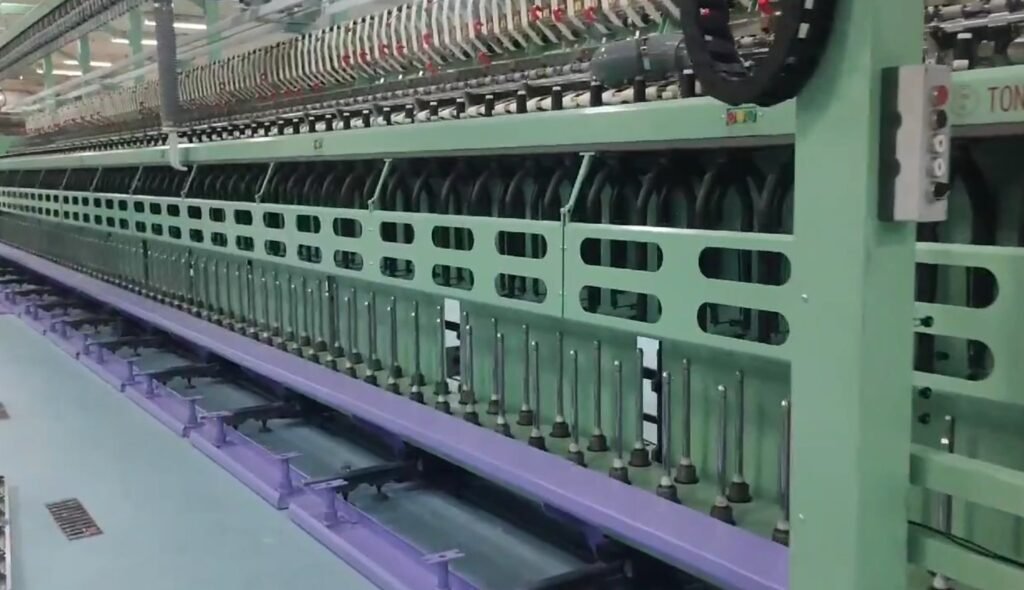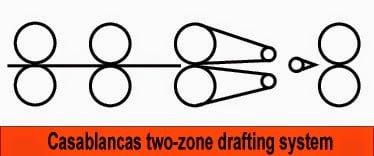What are the Change places in Speed Frame and their Effect in Changing?
Last updated on October 18th, 2023 at 12:44 pm
Different changes take place in the speed/roving/simplex frame and affects in yarn count.

Now we are discussing about it –
Draft change pinion (D. C. P): A large wheel reduces the draft and so gives a coarser hank (where the D. C. P is a driven one).
Draft constant change pinion: The larger the draft constant change wheel, the greater the draft constant.
Twist change pinion (T. C. P): A large wheel reduces the turns per inch (T. P. I) by increasing the both front roller delivery and the bobbin speed without affecting the spindle speed.
Twist constant change wheel (T. C. C. W): The larger the twist constant change wheel, the greater the twist constant.
Lifter change wheel (L. C. W): A large top lifter change wheel speeds up the lifter shaft without affecting the bobbin speed and thus increase the spacing of the coils. This wheel determines the number of coils/inch on the bobbin.
Bottom cone drum change wheel: This wheel is changed to obtain correct winding on the empty bobbin. A large wheel gives tighter winding. The winding wheel determines the initial bobbin speed.
Spur wheel change building motion: This can be used instead of ratchet wheel. With the spur wheel change building motion a finer hank requires either a large wheel in the top position or a smaller wheel in the bottom position.
Ratchet wheel: The finer the hank, the greater the number of teeth in the ratchet wheel. The ratchet wheel controls the bobbin speed after the initial speed of the bobbin.
Tapper change pinion: A large pinion gives more tapper to the bobbin.
Spindle speed change wheel: The larger the spindle speed change wheel, the slower the spindle speed.



Really it’s an outstanding performance being an engineer, please I need a guide from you. I am leaving here my Whatsapp no.0324-2253479, and expect a call pls.